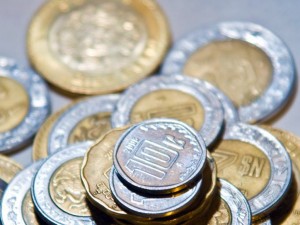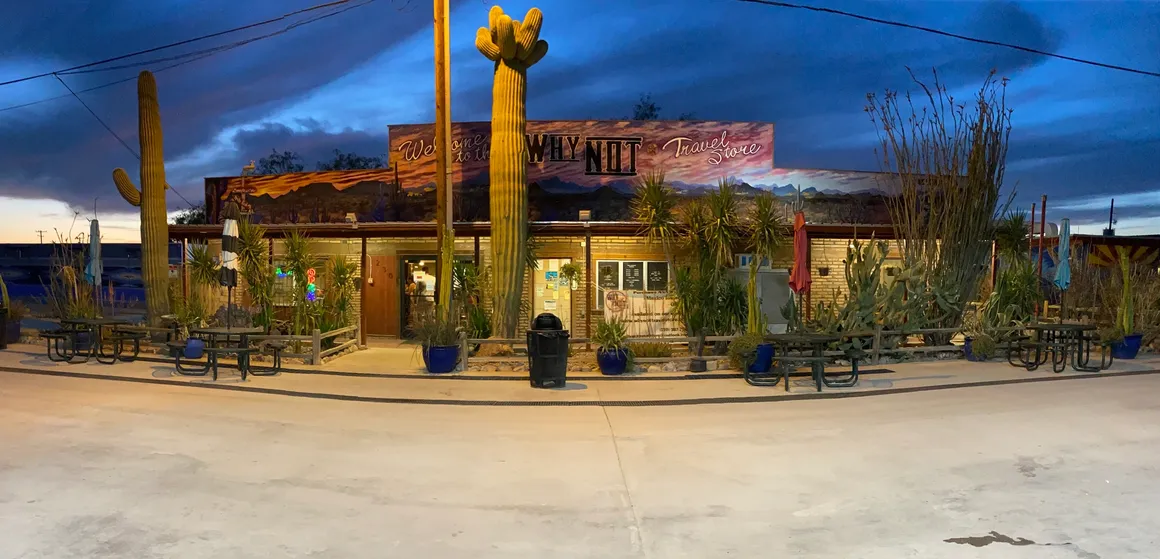 According to the Bank of Mexico, there are more than 360 billion pesos in coins and bills in circulation, which works out at about 3,600 pesos for each of the country’s just over 100 million inhabitants. Why then does it seem that no one ever has any change?
According to the Bank of Mexico, there are more than 360 billion pesos in coins and bills in circulation, which works out at about 3,600 pesos for each of the country’s just over 100 million inhabitants. Why then does it seem that no one ever has any change?
¿No tiene cambio? (haven’t you got change?) is an expression you will soon get used to hearing whether it’s in offering up a 50-peso note for a 30-peso cab ride, or a 100-peso note for a 20-peso coffee. And it’s not only at street stalls, outdoor markets, or in taxis. The “no change” response is as frequent at convenience stores and other local shops, restaurants, and even occasionally at the supermarket checkout.
With a large informal economy, most of the country’s daily transactions are paid for in cash. But even in the formal economy, cash is the preferred method of payment. Bankers estimated last year that of all the transactions conducted with debit cards, nearly 90% were to withdraw cash from ATMs. People prefer using cash, even at filling stations, which by the way are among the best places to get change if you’re stuck with nothing but a 500-peso note, which can be as frustrating as having no cash at all.
With so much currency around, it’s a wonder people can be so reluctant to give change. Some have change, but don’t want to break a large bill for fear it will leave them without change. One infuriating twist: people with notes in the till will at times hand you all your change in coins.
Mexican money is colorful and varied, and the central bank has added to the variety over the years with a number of commemorative series.
In 2000 and 2001, the bank issued about 17 million each of two 20-peso coins – one bearing the image of late Nobel literature prize winning writer and poet Octavio Paz and the other the image of Xiuhtecuhtli, the Azteca god of light and fire. Both are legal tender, although it’s rare to come across them since people prefer to keep them. The Millennium issuance also included about 70 million 10-peso coins bearing the image of the Aztec sun god Tonatiuh.
Last year, some senators asked the central bank to introduce silver coins as legal tender, what with Mexico being the world’s biggest producer of silver. The bank declined for a number of reasons, particularly cost. But the bank has been issuing many commemorative coins in recent years, notably a series of 100-peso coins – one for each of the 32 states, and also issued two commemorative bank notes to mark the centenary and bi-centenary of the country’s revolution and independence, respectively.
This article is brought to you by the Sonoran Resorts Sales Group, www.sonoranresorts.mx, Jim Ringquist, Director of Sales and Marketing.




























